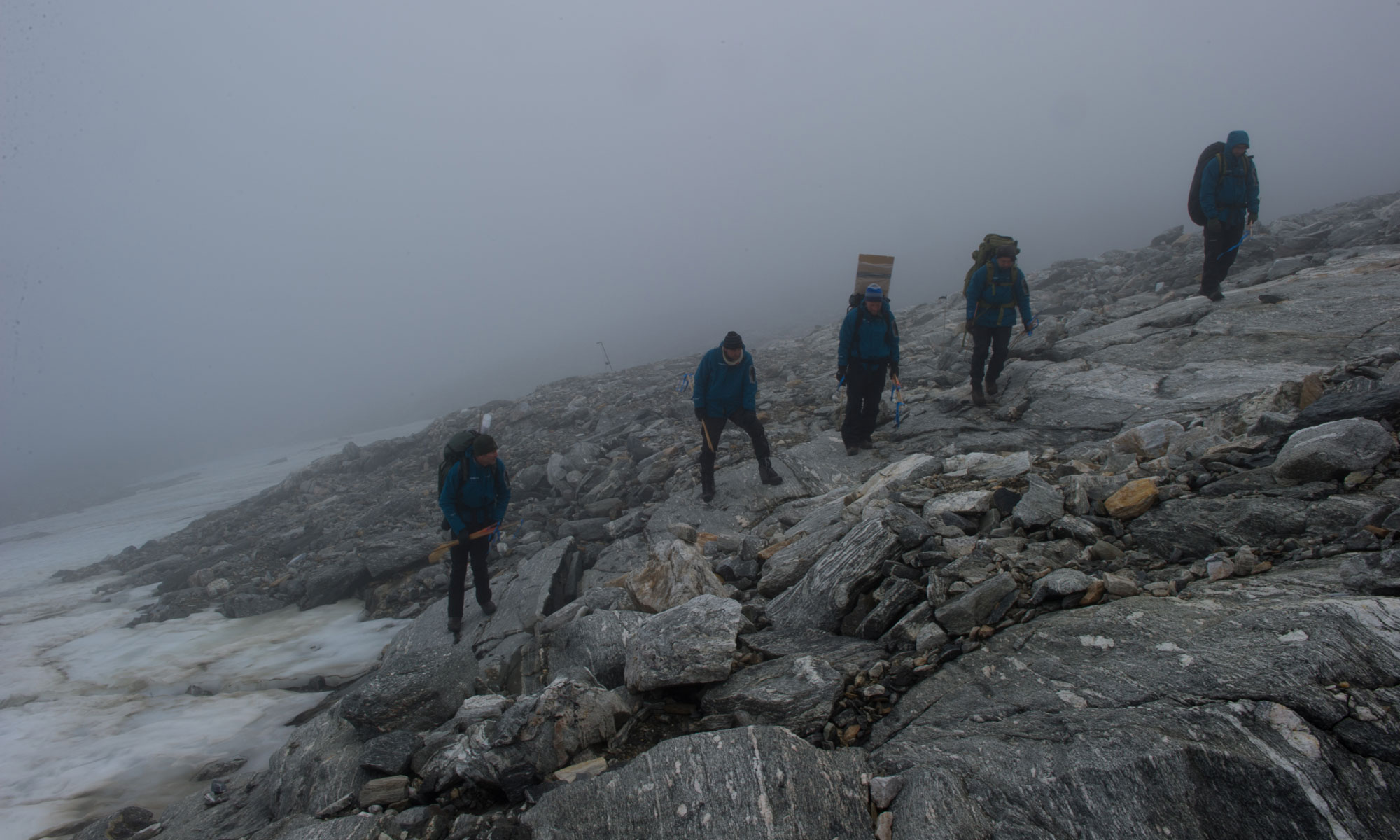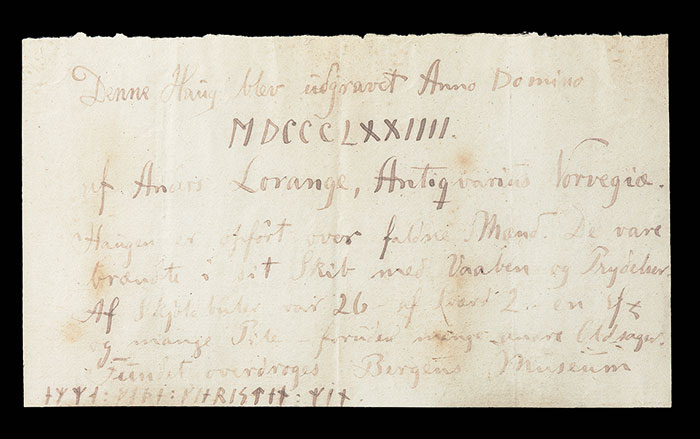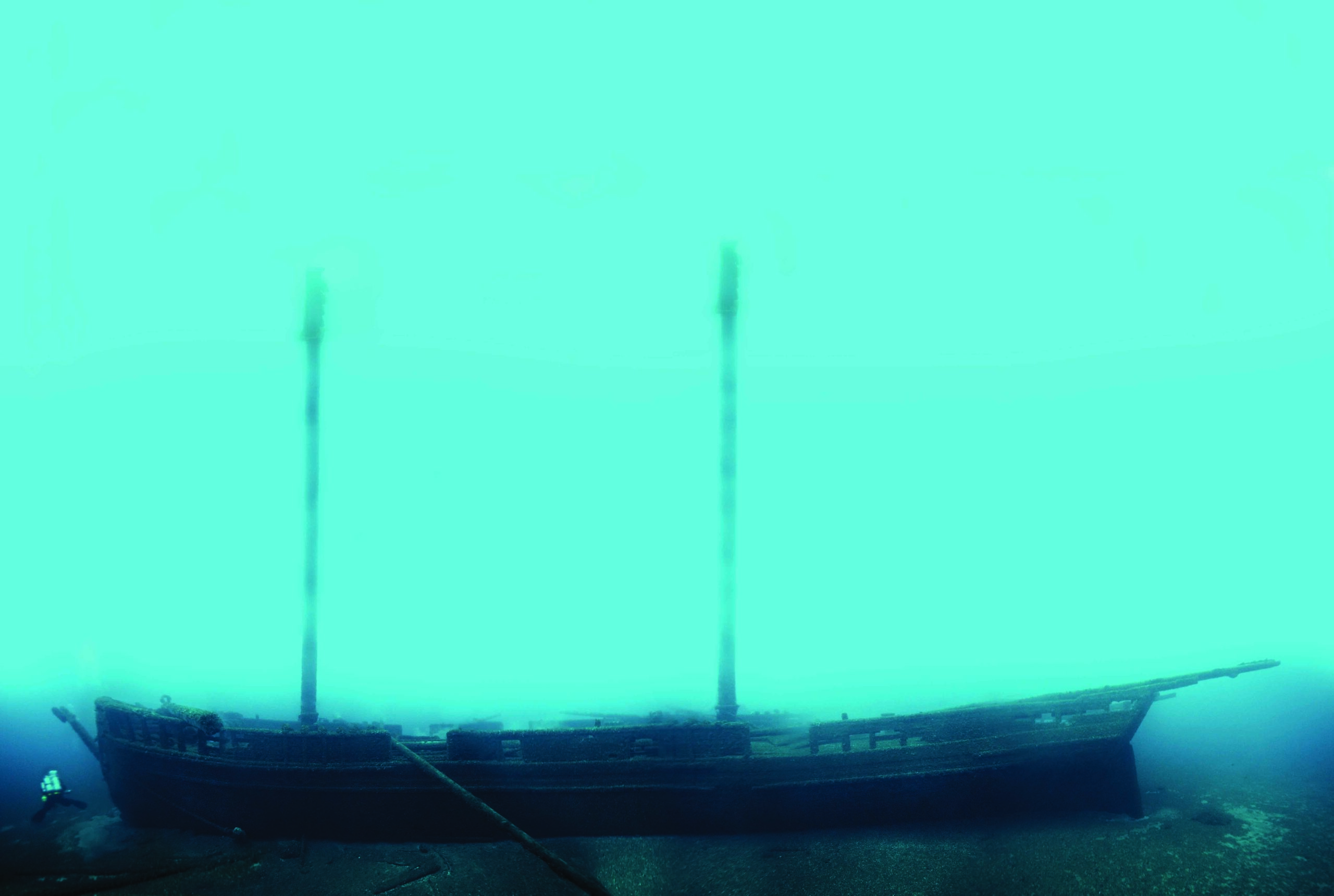
TRONDHEIM, NORWAY—Scientists from The Norwegian University of Science and Technology (NTNU) say that the Kringsollfonna ice patch and the Storbreen glacier are melting fast, and may not survive one or two more hot summers. Ground-penetrating radar has been used to measure the thickness of the ice, and GPS technology measures the barely perceptible movement of the glacier. Snow patches form when more snow accumulates in the winter than melts in the following summer, and they are ideal for preserving artifacts and organic materials, because unlike glaciers, snow patches are stationary. When the snow patches melt, the artifacts are exposed. “Then they’re lost forever. The probability of discovering finds in snow patches is greater than in glaciers, because they’re not moving. The ancient materials inside moving glaciers have melted out long ago,” said Geir Vatne of the department of geography. To read in-depth about the opportunities posed to archaeologists by melting glaciers, see "Letter From Norway: The Big Melt."









